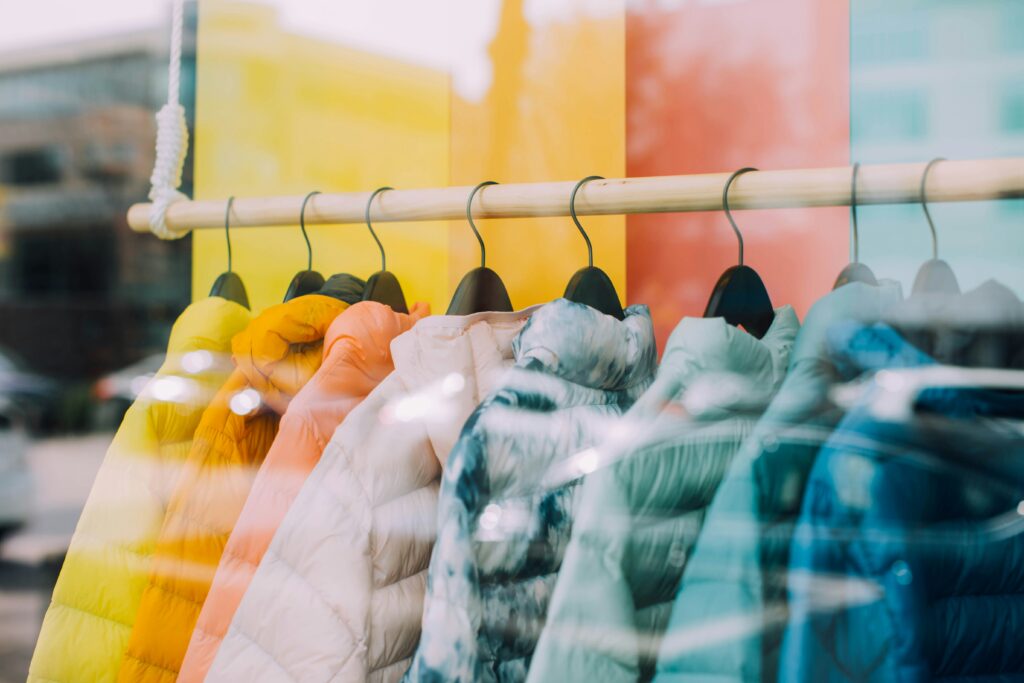Have you ever considered that the humble barcode, found on almost every product we purchase, holds a fascinating story of innovation and revolution in the world of commerce?
Initially introduced in the 1970s, barcodes have become an essential tool for businesses to track inventory, streamline operations, and provide a seamless shopping experience for consumers. In fact, studies have shown that barcodes can increase efficiency by up to 20%, saving companies both time and money.
But what many don’t realize is that barcodes are evolving beyond their traditional black and white stripes. With the rise of technology such as RFID chips and QR codes, the future of barcode scanning is looking more interactive and interconnected than ever before.
As Lisa Wang, a retail technology expert, explains, “Barcodes are no longer just a means of inventory management. They are now a gateway to a wealth of information for consumers, from product origins to sustainability practices.”
With the integration of barcodes into mobile apps and online platforms, consumers can now scan a product and instantly access detailed information about its ingredients, environmental impact, and even reviews from other shoppers. This shift towards transparency and consumer empowerment is reshaping the way we shop and making ethical choices more accessible.
In conclusion, the barcode, once a simple tool for scanning prices at the checkout, has become a powerful symbol of the changing landscape of retail. Its evolution reflects a larger trend towards technology-driven innovation and a growing demand for transparency and sustainability in the marketplace.



